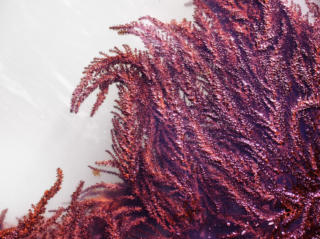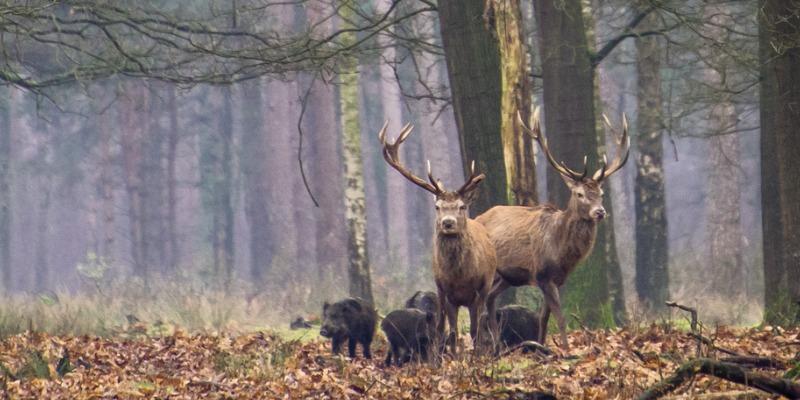New microbes discovered in cows, pigs and underground salt
Posted on June 9, 2020 by Laura Cox
Each month, the Microbiology Society publishes the International Journal of Systematic and Evolutionary Microbiology (IJSEM), which details newly discovered species of bacteria, fungi and protists. Here are some of the new species that have been discovered and the places they’ve been found.

This month in IJSEM, a new species of bacteria was found in an anaerobic reactor which was being used to degrade propionate. This new species forms white coloured colonies and was named Clostridium prolinivorans after its proline-eating properties. Elsewhere in Shandong, China, researchers discovered Maribacter algarum during a study into marine red algae. M. algarum was found whilst researchers were hunting for micro-organisms with potential biotechnological applications and forms smooth, orange colonies when grown in the lab.
Two new species of yeast were discovered in cold climates this month. Discovered by researchers based in Argentina and Japan Cryolevonia giraudoae and Camptobasidium gelus. were isolated from glaciers in Patagonia and Antarctica.
A number of extremophiles, that’s microbes that thrive in extreme conditions, were reported in IJSEM this month, including some that thrive in extremely salty conditions. Researchers in China discovered a new, halophilic species of archaea capable of surviving in highly saline conditions. Halomicrococcus hydrotolerans, a light pink, round micro-organism was found in a salt deposit deep underground. This is the first of its genus and needs concentrations of sodium chloride as high as 30% to grow.
In fact, quite a lot of pink-coloured microbes were discovered this month; Sphingomonas montanisoli was found in a soil sample collected from the Taihang mountain range in China, Hymenobacter setariae was isolated from the weedy grass Setaria viridis and Halocatena pleomorpha, another microbe that thrives in salty conditions was discovered by researchers in India. H. pleomorpha was collected from soil on a man-made saltpan in Goa and, interestingly, after four weeks of growth its colonies change colour from white to pink.

In Germany, another new species of bacteria was discovered in a wild boar. Corynebacterium silvaticum, bacteria in the genus Corynebacterium are often seen in forest-dwelling game animals, and C. silvaticum was found not only in wild boar, but also in roe deer. This was not the only new species of Corynebacterium discovered this month. Across the border, in Austria, researchers from the Vienna University of Veterinary Medicine isolated Corynebacterium urogenitale from a dairy cow. The sample was collected just after the cow had given birth as part of a study of the post-partum microbiome of dairy cows.
In Taiwan, a new, bright yellow species of bacteria was discovered in some abandoned timber. Flavobacterium supellecticarium was isolated from a synthetic wooden board that was part of an abandoned piece of furniture and now joins the 211 other species in the Flavobacterium genus. Elsewhere, in Australia, researchers discovered a new species of bacteria whilst investigating causes of pneumonia on pig farms. Glaesserella australis, a Gram-negative, rod-shaped bacterium was discovered in the lungs of a sick pig.
In the wilds of inner Mongolia, a new chitin-degrading microbe was found in the rhizosphere of a Suaeda salsa plant. Sphingomonas suaedae was collected from the complex community of micro-organisms that exist around the roots of the plant. The role of the rhizosphere is to regulate soil composition around plants, aiding in decomposition and nutrient cycling in the soil.


